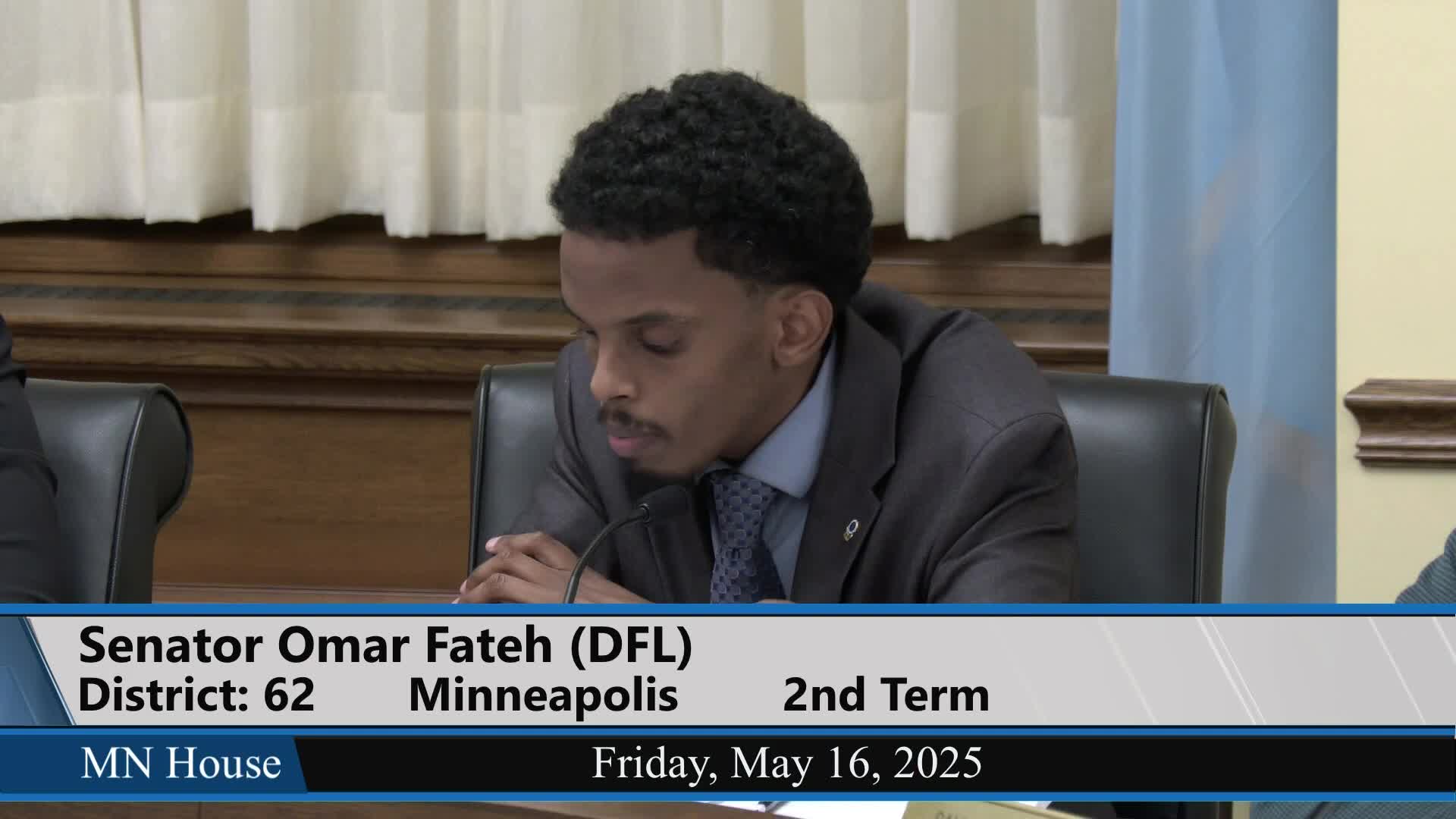Minnesota State reviews impacts of North Star Promise on low-income students
May 17, 2025 | 2025 Legislature MN, Minnesota
Thanks to Scribe from Workplace AI , all articles about Minnesota are free for you to enjoy throughout 2025!

This article was created by AI using a video recording of the meeting. It summarizes the key points discussed, but for full details and context, please refer to the video of the full meeting. Link to Full Meeting
Miss Fergus, a key speaker during the meeting, explained that the North Star Promise was established with the understanding that federal Pell Grants and state grants would cover a significant portion of tuition costs for students earning up to $40,000 annually at two-year colleges and $30,000 at four-year institutions. This framework allows the North Star Promise to effectively support students by filling in gaps in funding.
However, if state grant funding is reduced, students who rely on Pell Grants may find themselves in a precarious situation. For instance, those whose combined Pell and state grant funding already covers their tuition may not qualify for the North Star Promise, leaving them without additional financial support for essential expenses like books and supplies. Miss Fergus highlighted that students with a zero or negative Student Aid Index (SAI) could lose approximately $1,500 intended for these costs if state grants are cut.
Senator Duckworth sought clarification on the North Star Promise Plus program, which was designed to provide additional financial assistance beyond tuition. Unfortunately, it was revealed that this program will not be available next year, further limiting support for the lowest-income students. The anticipated reduction of $1,100 from the North Star Promise Plus could significantly impact students' ability to cover necessary educational expenses.
The discussions underscored the delicate balance between maintaining financial aid programs and ensuring that students are not left vulnerable due to changes in funding. As the committee continues to evaluate the implications of these funding structures, the potential for reduced support raises concerns about the accessibility of higher education for Minnesota's low-income students.
In conclusion, the meeting highlighted critical issues surrounding the North Star Promise and its interaction with state and federal financial aid. As lawmakers consider adjustments to funding, the impact on students' overall financial stability remains a pressing concern that will require careful attention in future discussions.
Converted from Conference Committee on HF2431 5/16/25 - Part 3 meeting on May 17, 2025
Link to Full Meeting
Comments
View full meeting
This article is based on a recent meeting—watch the full video and explore the complete transcript for deeper insights into the discussion.
View full meeting
